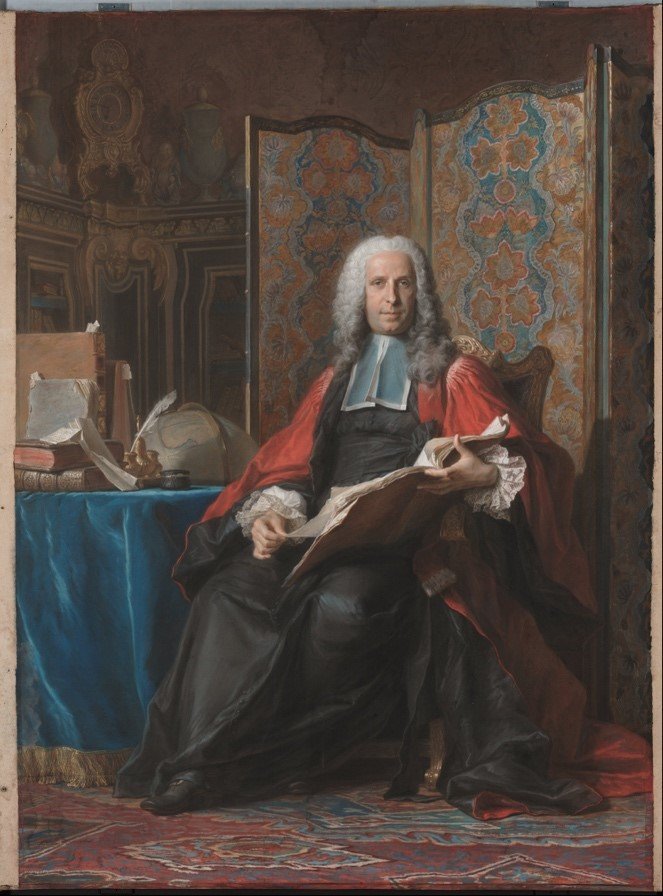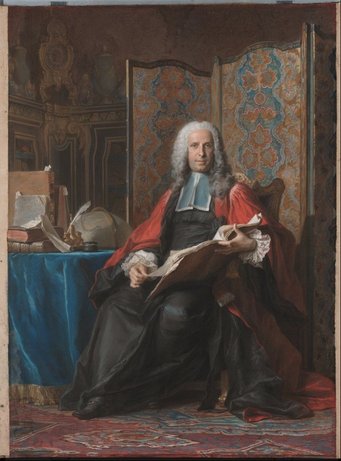Pastel and the Meaning of Delicacy in Eighteenth-Century France
Oliver Wunsch

For much of the early modern period, portraiture was a genre associated with immortalization and commemoration. The rapid proliferation of pastel portraiture in eighteenth-century France called this traditional assumption into question. The exceptional fragility of pastel did little to dissuade growing numbers of French buyers from commissioning portraits in the medium, and by the middle of the century some critics wondered whether pastel might displace oil painting as the predominant technique for portraiture. What accounts for the sudden popularity of this unstable medium in a genre that was historically tasked with endurance? This project explains the phenomenon through the changing meaning of delicacy within French consumer culture. It focuses in particular on the increasingly materialized understanding of delicacy that arose around luxury products which, in the case of pastel, played into an association between the material delicacy of the art object and the behavioural délicatesse of the depicted person.
